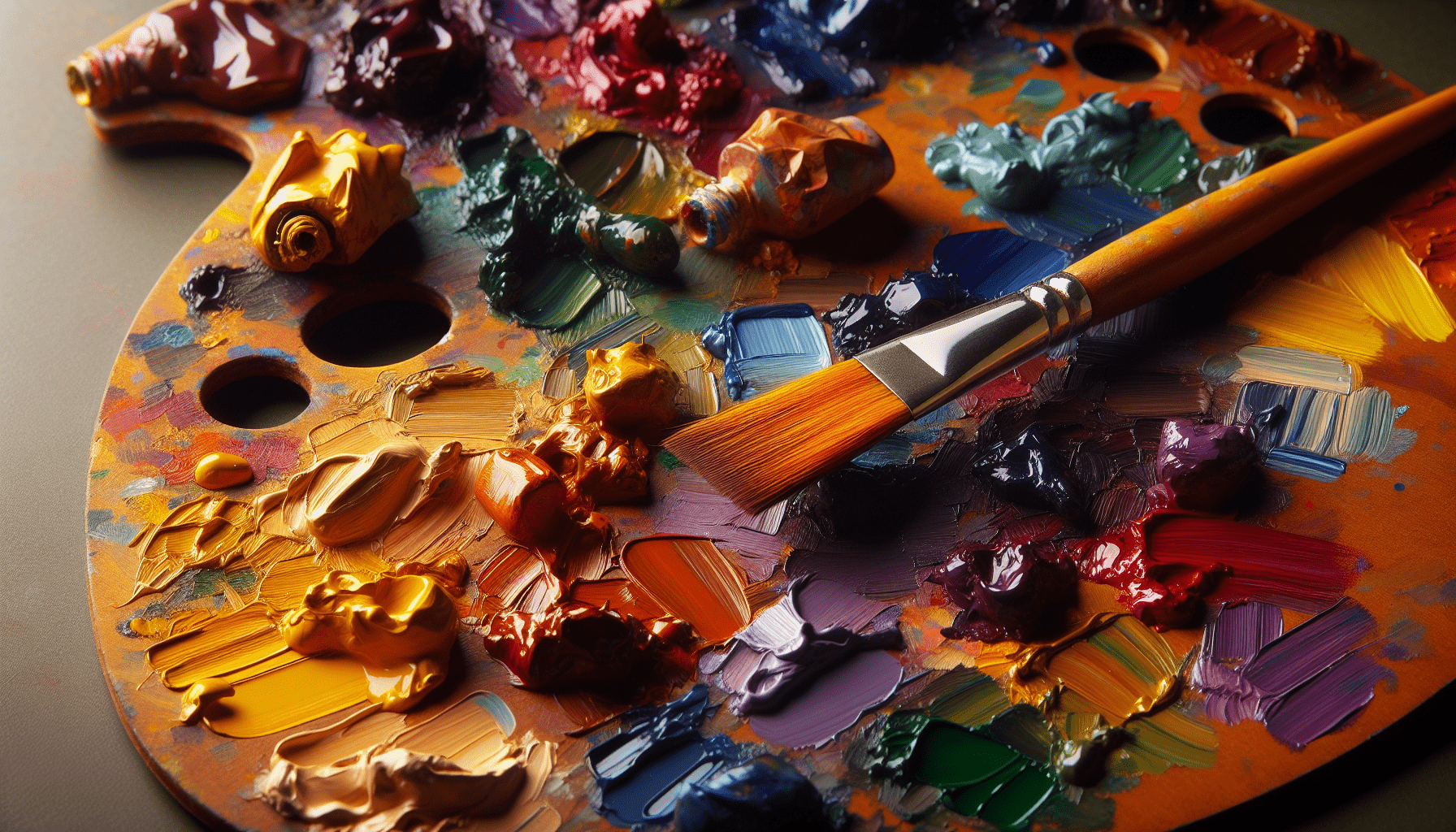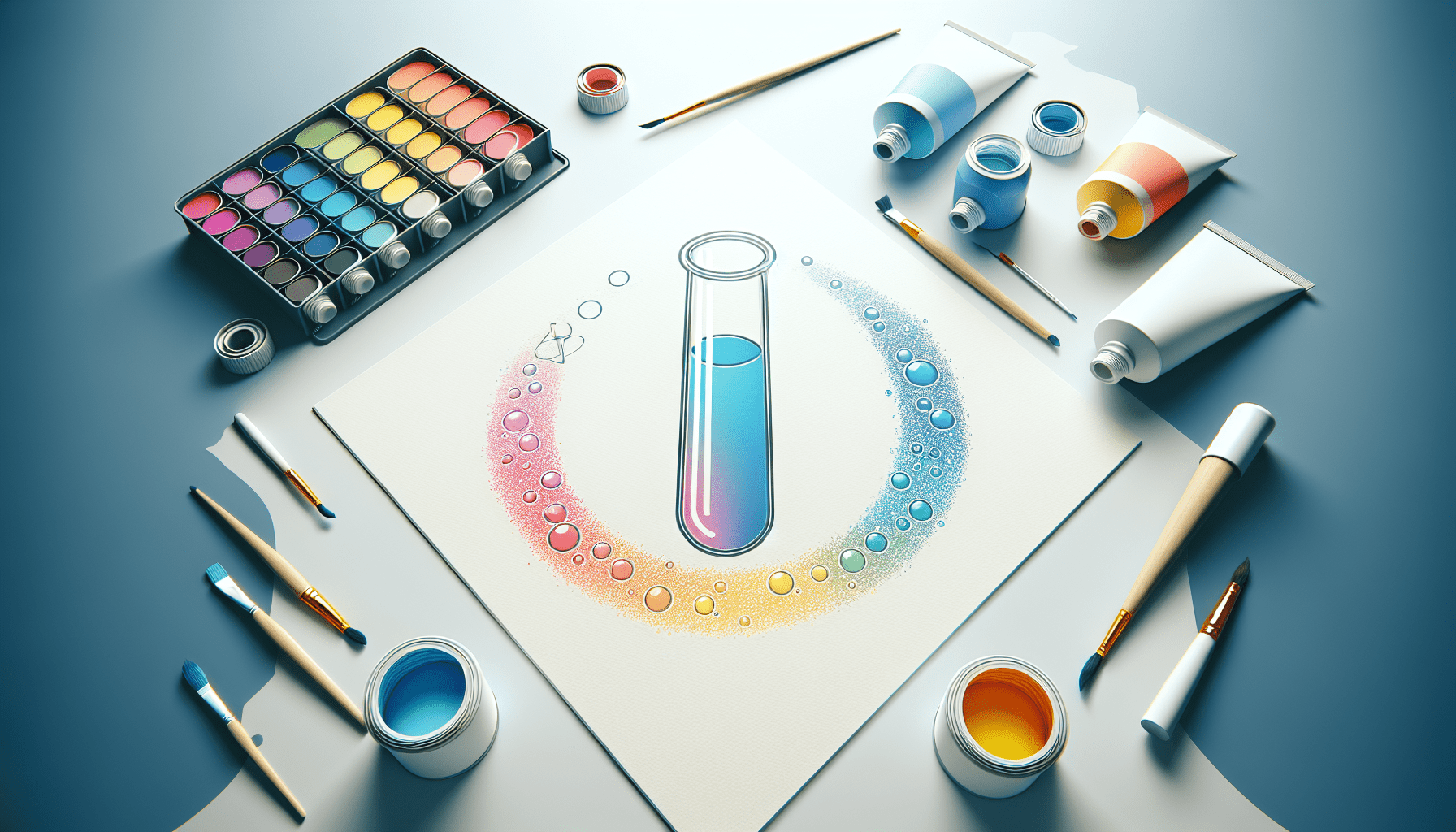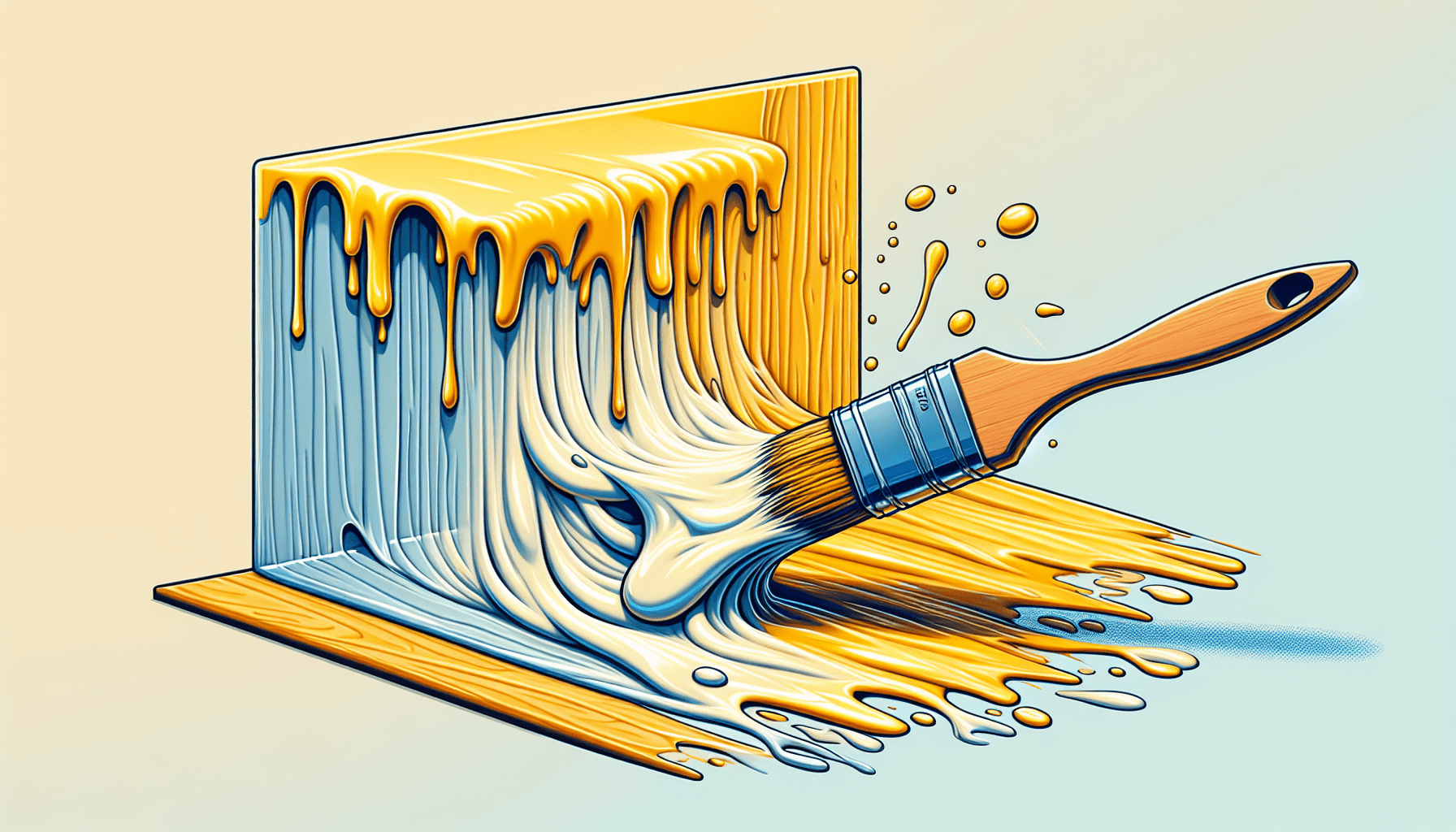In the realm of fine arts, oil painting has long been admired for its resilience, versatility, and deep, rich colors. The article “What Are Some Advantages Of Oil Painting” presents an illuminating insight into the intrinsic values of this popular medium for artists, highlighting its key benefits over other painting methods. From its prolonged drying time allowing artists to perfect their work, to its capacity for creating stunningly detailed textures and depth, oil painting presents a myriad of advantages that have made it a favorite among artists for centuries. Experience the versatile charm of oil painting through this informative piece.
Versatility
Oil painting offers remarkable versatility, presenting artists with unlimited possibilities and freedoms to accomplish their vision on canvas. Such versatility manifests itself in a variety of ways, enhancing the artistic experience and delivering superior results.
Wide range of techniques
One of the core strength lies in the broad spectrum of techniques that you can employ. It allows experimentation with different art forms, including glazing, scumbling, ragging, and impasto, among others. This diversity encourages creativity and boosts your artistic personality.
Different paint mediums
Moreover, oil painting allows the use of various mediums, enhancing the paint’s texture and flow. Linseed oil, for instance, increases flow and transparency, while a medium like turpentine or white spirit can thin the paints and quicken the drying process. Each medium introduces a unique property to the paint, offering you the freedom to manipulate the art as per your desired effects.
Mixing colors easily
Oil paints are also highly conducive to color mixing. You can smoothly blend different hues, creating new shades, tints, and tones. The slow drying aspect of the paint gives ample time for blending, helping you achieve your desired shade or gradient without rushing.
Durability
Another key advantage of oil painting is its superior durability. This is characterized by its slow drying process, long-lasting results, and resistance to deterioration, such as cracking or yellowing.
Slow drying process
Unlike watercolor or acrylic paints, oil paints take a significantly longer time to dry. This slow drying process provides ample time to revisit and revise your artwork as needed, leading to refined and perfected results.
Long-lasting results
Additionally, oil paintings are known for their longevity. Unaffected by light, moisture, and heat, these artworks maintain their glow and texture over a long period, making them ideal for collections and gallery displays.
Resistance to cracking or yellowing
Oil paints are also resistant to the most common causes of damage and depreciation in artwork – cracking and yellowing. As long as artisans adhere to the rules of fat over lean and thick over thin, their masterpiece should stand the test of time with grace and beauty.

Rich and Vibrant Colors
The beauty of oil painting also lies in its capability to produce rich and vibrant colors.
Intense pigmentation
Oil paints have a much higher pigment load than their counterparts, resulting in intensely vibrant, deep, and lustrous colors that stay true over time.
Translucent layers
With the technique of glazing, you can create translucent layers of paint. This allows light to penetrate and reflect the lower layers, giving a three-dimensional effect and depth to colors.
Greater range of shades
Oil painting also boasts a greater range of shades. The ability to mix easily and smoothly provides an expanded palette of colors, helping you capture the exact coloration needed for your piece.
Blending and Texture
In oil painting, you have superior control over blending and texture.
Smooth blending
Oil paints are best known for their smooth blending capabilities. The slow drying time facilitates the smooth transition between colors, improving the overall flow and unity of the piece.
Impasto technique
Texture plays a critical role in producing expressive and realistic artworks. With the impasto technique, where thick layers of paint are applied, artists can create texture and add a dimension of realism to their piece.
Creating texture and depth
Oil paint’s heaviness and body make it a top choice for creating texture and depth. Whether you’re forming the delicate folds of a fabric or the rough edges of a mountain, the choice is all yours.

Time for Adjustments
In oil painting, there’s always time for adjustments, thanks to the slow drying time.
Slow drying time
As mentioned previously, the slow drying time is a significant advantage as it allows artists to make corrections or change something in their composition without rushing.
Easy to make corrections
This flexibility means errors can be easily corrected. A mistake isn’t fatal; you can scrape or paint over any part that you don’t like.
Layering and glazing
The slow drying time also permits multiple layers of paint to be applied. The layering and glazing techniques are essential in creating an illusion of depth and form, lending a striking realism to the magnificent works of art.
Versatile Surfaces
Oil paints are also adaptable and can be used on a variety of surfaces.
Canvas
The most common support for oil paint is canvas, appreciated for its durability and texture which compliment the viscosity of oil paint beautifully.
Wood
Wood is another excellent surface for oil painting. The rigidity of wood makes it stable and less prone to damage, such as warping or cracking.
Metal
Metal, too, can be used as a surface for oil painting. It provides a smooth, reflective surface that is ideal for fine details and realism.
Glass
Oil paints can also adhere well to glass, creating stunning stained-glass-like effects. This ability to blend and spread smoothly over the glass surface allows for intricate designs and vibrant displays of color.
Adaptable to different surfaces
Indeed, one of oil paint’s strengths is its adaptability. Whether you are working on canvas, cardboard, wood, or even ceramics, oil has you covered.
Long Shelf Life
Shelf life is another reason to choose oil paints.
Oil paints have a long shelf life
You might be surprised to learn that a tube of oil paint could stay good for decades if properly stored. A single tube of quality oil paint can indeed last a very long time.
Can be reused
The undried palette can be reused the next day, or even after a week, saving you not just time but also money spent on new paints.
Low maintenance required
Oil paints require minimum maintenance. A sealed and properly stored tube keeps remarkably well over time.
Professional Quality
The professional quality that oil painting exudes makes it a favorite among artists.
Preferred by professional artists
Oil paints are often the preferred medium for professional artists owing to the countless benefits they provide – durability, vibrancy, and flexibility to name a few.
Tradition of oil painting
The rich tradition of oil painting from artists such as Van Gogh, Rembrandt, and Da Vinci adds to its charm. Mastery of this medium hence fetches the artist respect and esteem.
Enhances artistic value
The supreme quality and stunning effects achieved through oil painting, no doubt, tend to set professional artists apart and enhance their artistic value and recognition in the field.
Smooth and Blended Transitions
Oil paints offer not just deep, vibrant colors but also smooth transitions between shades.
Soft transitions between colors
Unlike watercolors or acrylic paints, which dry quickly and can yield abrupt color transitions, oil paints dry slowly and allow for smooth and seamless blending.
Graceful gradations
This smooth blending ability is essential in creating graceful gradations and transitions, which can lend remarkable depth and realism to the work.
Create realistic effects
Whether you are trying to capture the subtle changes of light and shadow, or mimicking the realistic gradient of a sunset sky, oil paint’s capacity to create soft, nebulous transitions is unrivaled.
Expression and Fine Details
Last but not least, oil painting is an excellent medium for expression and detailing.
High precision
With oil paint, you can achieve high precision in your artworks. The slow drying time and the consistency of the oil medium provide complete control over the brush, permitting intricate details.
Fine brushstrokes
Fine brushstrokes are feasible and illustrate the depth and detail that only oil painting can achieve, helping to create a truly photorealistic representation.
Capturing intricate details
Whether it is the fine lines of the human face, the delicate patterns of lace, or the complex nature of foliage, oil painting has the wherewithal to capture the intricate details with great finesse and precision.
In conclusion, oil painting offers an impressive array of benefits and advantages that elevate the whole journey of creating an artwork. Its versatility, durability, richness of color, adaptability, shelf life, professional quality, and unmatched ability to capture fine details set it apart from other mediums. Whether you are a seasoned painter or a beginner, you can delight in the game of oil painting and take your artistic expression to new, exciting depths.



